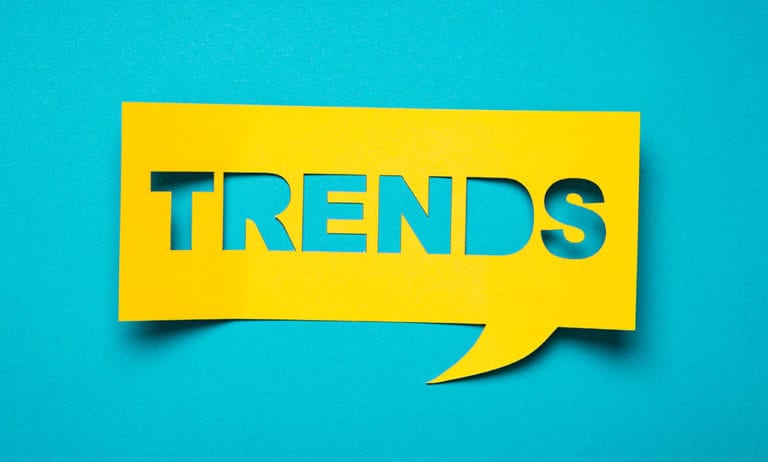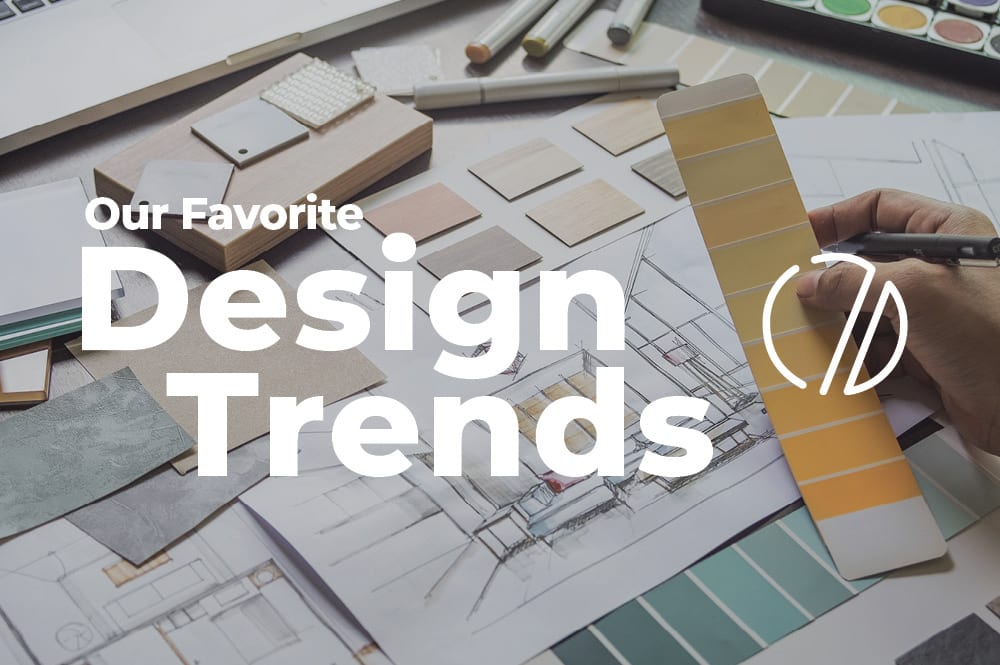If there is one thing we could look forward to this year, it is 2020 design trends! Though this year has proved to be challenging in a variety of ways, the art of design does not (and simply can not) stop because of a pandemic. If anything, people want more design trends to fuel their at-home creativity! That’s why Creative 7 Designs is excited to take an inside look at some of our personal favorite 2020 Design Trends — favorites taken directly from our team members.
We recently highlighted some popular trends in digital marketing, but we recognize that trends are not only limited to the digital world. We could often find industry-specific design trends overlapping one another, so this article will highlight our favorite 2020 design trends ranging from our personal favorite graphic design trends to trends in fashion and more.

Joseph, Owner: Hand Lettering In Print & Advertisement
Hand lettering with big personalities is Joseph’s favorite because of the personal touch this trend brings. In an article on graphic design trends in 2020, 99 Designs explains how, in recent years, “type has become bigger, bolder and more experimental in ways that we have not seen since print ads and magazines of days gone by.” Joseph also views handwriting as a lost art and believes hand-lettering is helping to jumpstart its revival.
His second personal favorite design trend in 2020: the Dystopian aesthetic. Dystopia (the opposite of utopia) is defined as an imagined state or society in which there is great suffering or injustice, typically one that is totalitarian or post-apocalyptic. This society is one that is viewed as undesirable or frightening to most of the populace (think Brave New World, The Giver, Fahrenheit 451, Nineteen Eight-Four, and, well, you get the idea).
From a design standpoint, dystopia finds expression through cold color schemes, mechanized typography, glitch art techniques, and imagery that merges tech with organic matter or excludes humans from the scene altogether. So far this trend shows up mostly in illustrative media such as album covers and t-shirts. While it can be unsettling, these styles are effective ways to get viewers to pause and reexamine the world around them. Joseph thinks this specific design trend is fabulous, intricate, and full of detail.
Lauren Aguilar, Office Assistant: Hyper-Pastiche Trend In Clothing
On one level, the graphic design trends in 2020 are paying homage to their forebears. They’re seeking ways to redefine the digital aesthetic, and who better to turn to than the old masters? On another level, designers are taking advantage of the contrast between our digital images and past aesthetics to appeal to an old-world grandeur that is so often lost in vectorized simplicity.
“Hyper-pastiche reminds me of vintage graphic tees,” Lauren says (and, trust us, she’s a fan of the latter). CUA Lit breaks down what makes hyper-pastiche, well, hyper in 2020. “Designers will be tempted to revive and recreate pretty much all of the different eras,” says the website. This means that if you’re a fan of the Victorian era or Medieval times, this might be your trend. Such art styles of the past are merging with modern designs in one crazy, uniquely logical collage. As a result, this disparate aesthetic will feel like a cohesive piece where each era will have an equal contribution.
Chloe Tyler, Graphic Designer: Geometric Minimalism in Graphic Design
“I like the simplicity of geometric minimalism,” Chloe says regarding her favorite design trend of the year. “I’ve always been drawn to minimalism because you get the opportunity to play with negative space as well as the design aspect of it.” For Chloe, it sounds like geometric minimalism gives her the freedom every designer wants without getting too cluttered. “Negative space could play just as an important role in the design process and result as the focal point of the design, which is a unique thing,” she continues.
Interestingly, over the years, many designers have been aiming for simplicity in their design, and this year is no exception. Using plain geometric shapes is still one of the leading trends in the field for 2020. Geometric designs may look simple, but they actually require a lot of work in order to recreate a composition that carries the right meaning for people to grasp.
Karyne Ofo, Content Writer: Ultraminimalism
The ultra-minimalist design uses only the essentials to create a memorable identity — a very limited color palette and simple shapes. “It’s easy to choose ultra minimalism as my favorite design trend this year because, over the years, I’ve naturally leaned toward a high minimal lifestyle,” Karyne explains. “I dress in minimally monotonous most of the time and my closet is color-coordinated by the same five or six colors I wear in rotation throughout the week.”
Giving up the extra elements, ultra minimalism makes all design items have a purpose. “I support ultra minimalism in every aspect of my life, from my sense of style to my accessories and even the furniture I use and plants I own…this forces me to use everything I own because I don’t have the clutter of, well, maximalism.”
In order to successfully create an ultra-minimalist design, you need to pair as much white (or negative space) as possible with a simple color scheme and include just a few basic geometric shapes. Of course, this is speaking from strictly a design standpoint. Once ultra minimalism enters interior design or the like, pairing one primary color (typically a neutral) with one pop of color could create that ultra-minimalist aesthetic.
Funmi Kale, Marketing Manager: Monochromatic Fashion
Monochromatic outfits were ubiquitous amid the Fall/Winter 2018 designer collections, coming in vibrant colors and neutral tones alike.
“I like the uniformity and how clean the look is,” says Funmi. “I also like being able to see the various shades of a single “color” on one palette…the person.”
Stepping out in an ensemble that consists largely of a single color is more likely to get people’s attention anywhere you go — a monochromatic outfit is a bold statement for such a simple trend. (Exhale Lifestyle)
Matt Tyler, Assistant to Marketing Manager: Continuous Animation Sequences
Though it can be a steep investment, continuous animation sequences is one of the most powerful ways to bring a brand to life, and it has become increasingly commonplace online.
“I find them mesmerizing,” Matt says. “When done well, there are so many minute details involved in these kinds of animation that you can notice something new each time it restarts.” In line with this thought, many agree that continuous animation sequences are already magical, and dynamic transitions like these keep the spell from breaking. “At the same time,” Matt continues, “a good animation sequence that involves the movement and all the elements of the sequence working together harmoniously creates such an intuitive experience for the viewer…it’s attention-grabbing and satisfying!” he concludes.
There’s no doubt why design trends in 2020 include continuous animation sequences. They are heightening viewer immersion with seamless transitions that build each scene in real-time out of the elements of the current frame. It’s no wonder Matt says, “I can watch those all day long.” Utilizing such a design trend is useful for brands who want to take their viewers on a journey, making them feel as though they are flying through an ever-morphing world.


